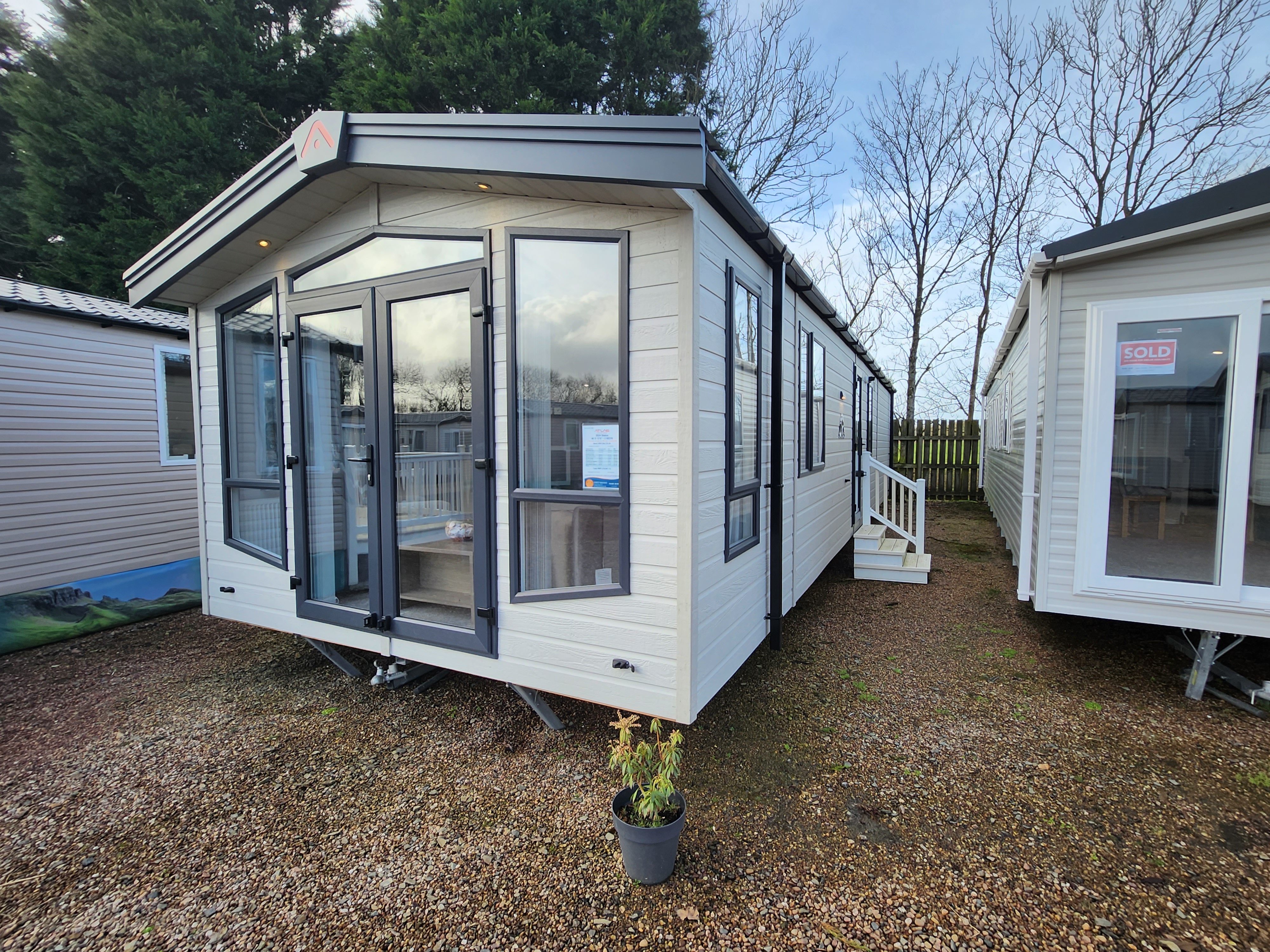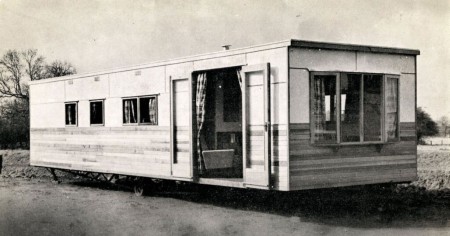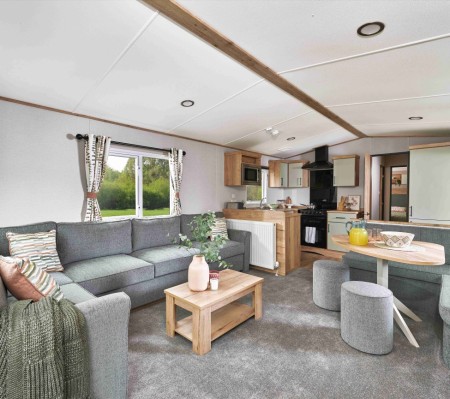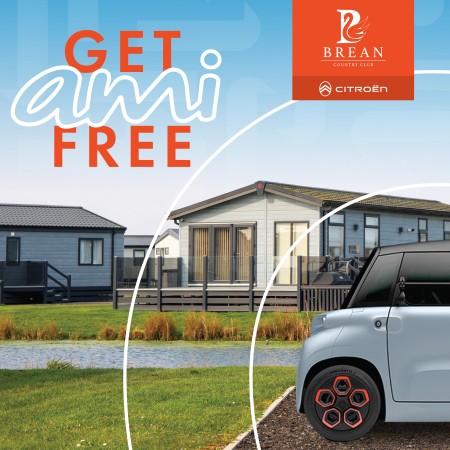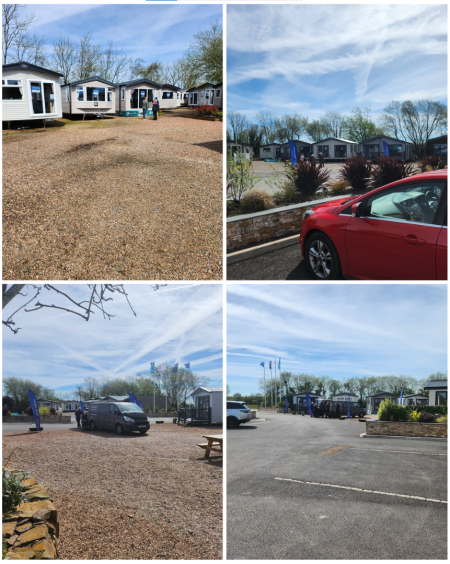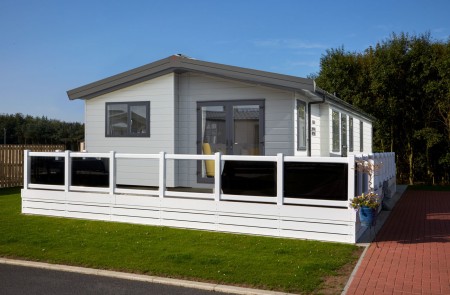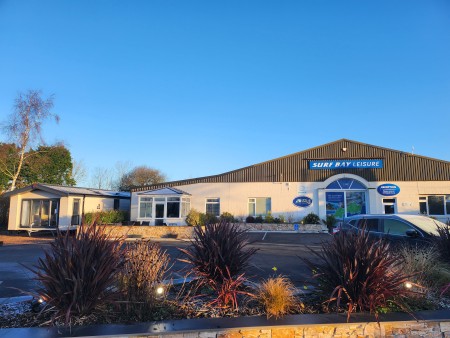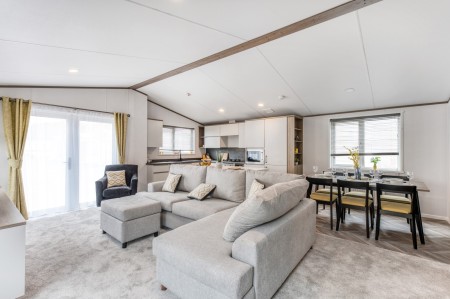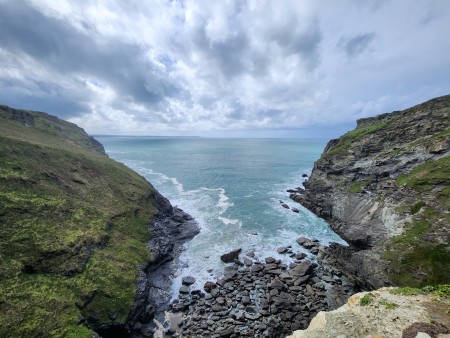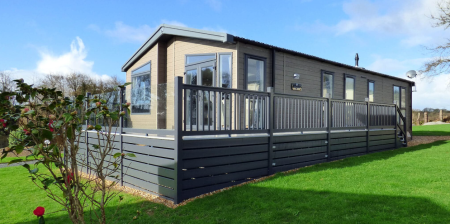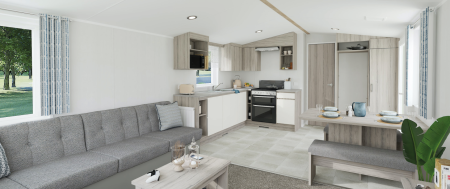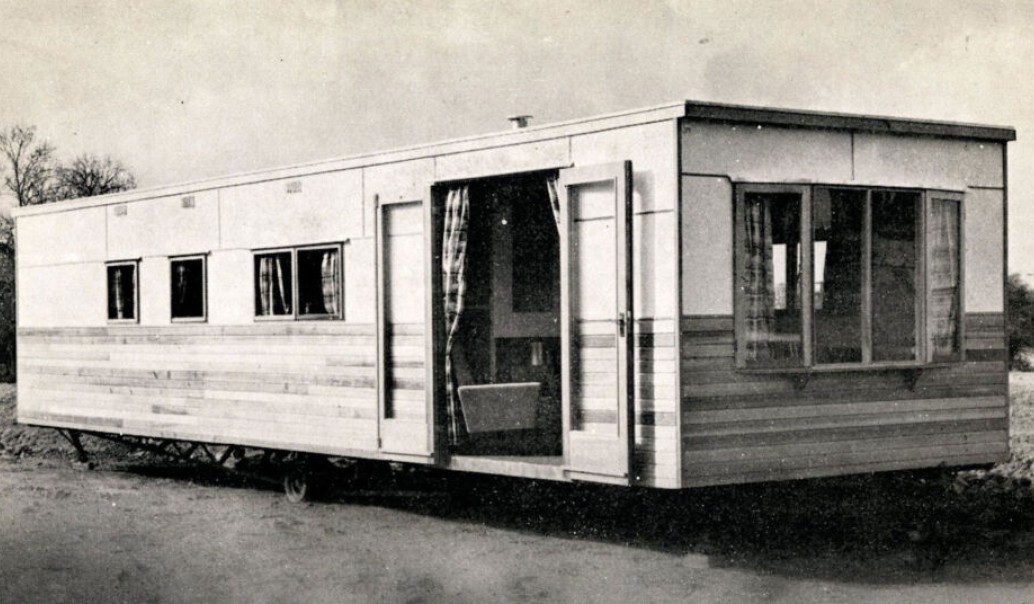
The Beginning (1920s):
In the 1920’s Britain saw the rise of the touring caravan, designed to be towed along by the motor car. This was brilliant as it meant holidays around the country were now more accessible to the average family. This innovation led to the idea of caravans being left on a particular site for longer periods of time, so people didn’t have to keep dragging this heavy, unaerodynamic trailer around with them whenever they went on holiday.
Of course, there were caravans before this however these were primarily horse drawn and had to be dropped off around the country by trains these were only really options for the wealthy.
The first Static Caravans (1930s):
The Cara-Bung was the first commercially produced static caravan, this caravan was designed for leisure and to stay put. The concept did gain some traction and there were a few static caravan sites that began to pop up across the country. Unfortunately, this did not last long.
The War (1940s):
The war slammed the brakes on for the static caravan industry with the resource shortage halting all production of static caravans as war production took priority, all the steel and wood was sent straight to the war effort and even if there was wood and steel, all the men had been drafted into battle so there was no one left to build them. There is some evidence that suggests static caravans may have played a key role in the war with it believed that many of the early evacuees would’ve been placed in them.
The Post War Boom (1950s):
After the war England needed a sweet release and was desperate for some leisure time. Post war, new businesses entered the market and static caravans finally started to become affordable for England’s masses. This rise in popularity was also aided by the rise of the common man owning a motor car. With People now able to travel more frequently and at will, there was a spike in people visiting the seaside or the countryside.
The Basic to Boutique (1960s):
The static caravan market grew even stronger in the 1960s, credit options were now available which expanded the reach of this amazing holiday alternative, it was also in this decade that one of our three chosen manufacturers appeared but not under the name that you may know them as, this manufacturer being Ace Caravans. It was also during this time that England saw a massive surge in holiday parks, the parks would include things like little shops and other amenities to make the holidays more appealing to people. The design of static caravans changed massively in this period as well going from basic shells with a bed, to stylish and inviting living areas for the entire family.
The Big Business (1970s):
Once again there was a surge in holiday parks in England, the leisure industry was expanding at an amazing rate and some other manufacturers that you might recognise appeared. In the 70s we saw the start of Atlas Leisure Homes, the company was founded in 1973 but didn’t start trading until 1976. Going back to Ace caravans, it was around this time that they merged with Belmont Caravans and created Ace Belmont International or ABI.
The Size Matters (1980s):
Static caravans underwent many changes in this decade mainly around size and comforts. Due to people having more children and the baby boom, there was a need for family sized caravans and with this came some further modernisations like goodbye gaslights and hello electricity, it was in this time you could also spec your caravan with things like Double glazing, more effective storage solutions and other luxury options. Companies had started offering a range of caravans from the affordable entry level statics all the way up to luxury lodge type statics. This truly was a transformative decade for static caravan in most aspects from price to creature comforts.
The Design Revolution (1990s):
The 90’s saw a massive shift in design for static caravans becoming even more like a home away from home. They now came with en-suits, bunkbeds, spacious living areas with a focus on family. The 12ft wide caravan started to catch on as well, whilst the 12ft wide caravans were developed and produced in the late 80s they didn’t really gain traction until the early 90s. There was also an increased focus on the sustainability of the static caravans making them more ecofriendly (the greener way to holiday) this started with them looking at material alternatives.
The Turn of the Century:
The year 2000 gave way for glamping and luxury as standard, parks would offer get aways in these caravans with decking, hot tubs, high end finishes and modern appliances this really started blurring the lines between a static caravan holiday and luxury resorts. In this time, static caravans became a viable option for those seeking a stylish, comfortable and eco friendly holiday. This period was also special as we saw our third and final manufacture join the market and that was Swift Holiday Homes!
The Current day (2010-2024):
From the year 2000 nothing has changed as far as the focus goes but the caravans themselves have changed massively, with the focus remaining on comfort, style, and sustainability, the industry is forever evolving in this direction. Each year we are graced with a fleet of new vans designed to give us the best possible experience in our home away from home.
It is crazy to see how in just a short amount of time static caravans went from tin sheds with a bed to these luxury living spaces for you and the family to enjoy.
